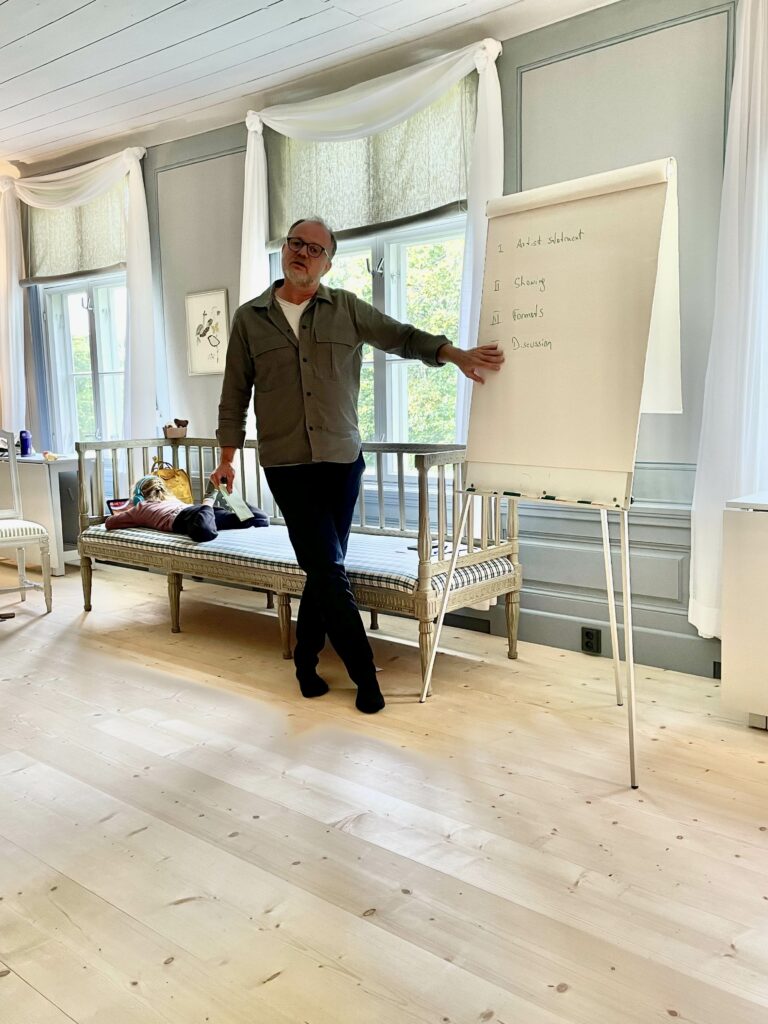Artistic Feedback
General description and benefit
Giving and receiving feedback is a core element of every artistic practice – In rehearsal studios, production places, art schools and theatres; actually, it happens permanently in the entire sector between all kind of colleagues and non-colleagues. Most of the times, it is informal and open (discussion) – with uncertain outcome and the strong probability to fall back in old patterns: individual judgements, personal emotions, imprecise vocabulary and the general surrounding often prevents the feedback to be as productive as it could be.
The techniques formalize an intensely discursive peer-to-peer tool and an exercise of collective thinking about a specific work and broader artistic practices. The high artificiality of the formats guarantees direct and critical comments, facilitates precision, and offers a multitude of perspectives. It also protects the maker in his/her vulnerable position as an artist in creative mode (by avoiding any kind of defensive or aggressive patterns). The aim of this techniques is not to criticize performative material but to collect relevant feedback and put it at disposal for the maker. In that way, it productively nourishes the creative process and empowers the maker in his/her work process.
The formats are based on the DasArts Feedback Method I co-developed with philosopher Karim Benammar within the Master program. Since then, I have re-shaped its approach, added new tools and am as co-author particular keen to adopt its philosophy to the individual needs of every specific setting and ambition.
My Offer: Practicalities
Feedback formats are generally introduced in theatres, art schools, residential venues, network-meetings, etc. Two presentation formats are offered:
An introducing workshop would need 2-3 entire days, including 4-6 rehearsal presentation followed by feedback sessions in which we „learn to use the tools“. In the group of participants the creating artists should be present (giving AND receiving feedback); others, exclusive feedbacks, can be there as well. An ideal size is about 15 participants.
Alternatively, a short presentation of about 2 hours offer an overview and theoretical explanation of the different tools.
In both versions an outline of the philosophical background & framing will be shared. The event can be hold in several languages (German, English, French und Duth; ideally on-site but online sessions have been experienced with
For any request, please do not hesitate to contact me via mail: contact


